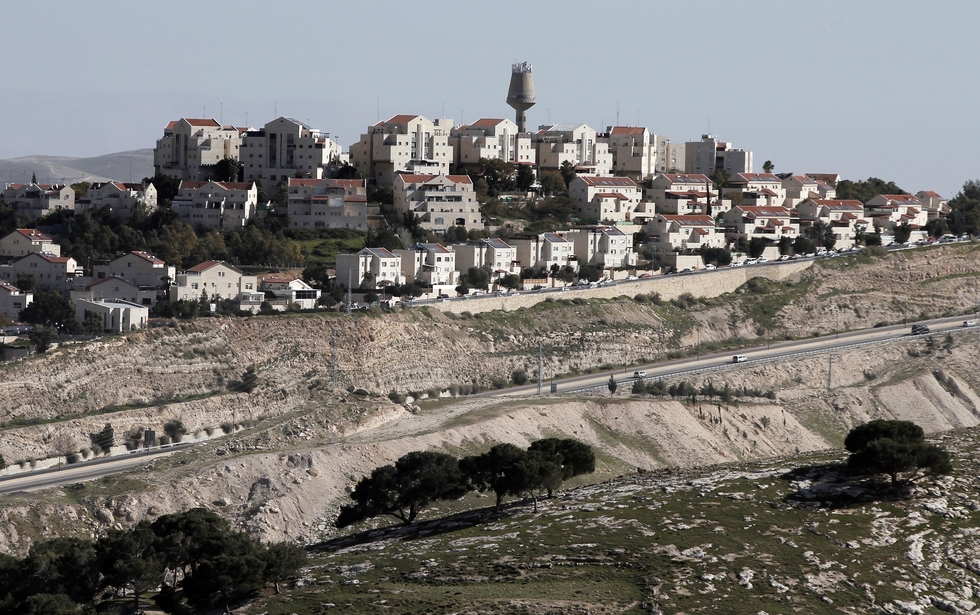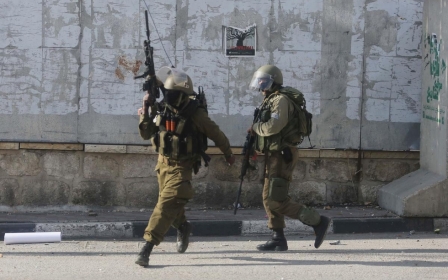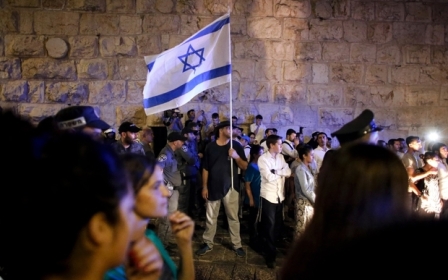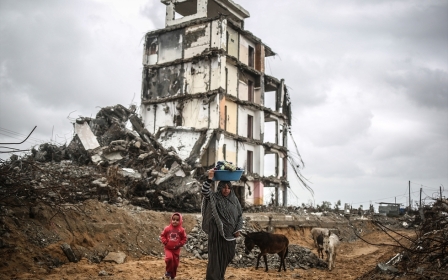The settlement that killed the Palestinian state

Last week UN Secretary General Ban Ki-Moon called Israel's settlements in the occupied West Bank and East Jerusalem an "affront" to not only the international community but also to Israel's commitment to a two-state solution.
What does this mean for those who pay scant attention to the Israeli-Palestinian conflict? Not much.
Not much because typically most casual observers of the conflict, particularly in the West, are befuddled by pro-Israel propaganda (hasbara) that by design is meant to mislead and confuse, and there's hardly a more misleading word in the Israeli-Palestinian conflict lexicon than the word "settlements".
A settlement sounds quaint, folksy and homely. It conjures images of rustic rural homesteads set among pastoral fields. I have found that almost without exception, those who have not visited the West Bank or East Jerusalem imagine an Israeli settlement to be what in reality is an Israeli outpost, i.e. a handful of brick and mortar homes accompanied by a dozen or so trailers.
It is from these outposts that settlements are born – many of which go on to become the size of large towns or even small cities.
To understand the size and scope of one such outpost come settlement - Maale Adumim – is to understand why and how Israel has essentially made a viable Palestinian state – or two states – impossible.
Located four miles to the east of Jerusalem along Highway 1 - which connects Tel Aviv to Jerusalem to the Jordan Valley - Maale Adumin traces the ridge line that runs from East Jerusalem to Jericho.
Eight years after Israel captured the West Bank from Jordan in the Six-Day War, a mere 23 Jewish families established Maale Adumim as an outpost in 1975, with the Israeli government granting the outpost official settlement status two years later. Today the population of Maale Adumim exceeds 40,000 Jewish residents, and the settlement occupies nearly 19 square miles.
Moments after taking the Highway 1 Maale Adumim off-ramp, you arrive at the settlement's state-of-the-art militarised checkpoint, but it's not the heavily armed security guards that attract your attention, but rather a water park that is located immediately inside the settlement perimeter wall – one that features paddle boats, cafes and sun decks – drawing a stunning contrast between the impoverished Palestinian neighbourhoods of East Jerusalem located just up the hill, and the poverty found down just down the hill in the West Bank city of Jericho.
The long sweeping incline driveway takes you the mid-point of the ridge, where a roundabout offers you the options of turning left, right, or back out again. The left turn takes you to a large-scale shopping mall that includes a number of US franchise outlets including ACE Hardware and Body Shop. A right turn takes you past a number of schools and a city-sized police station.
Clearly, Maale Adumim is not your grandfather's settlement. It's Israel's 21st Century version of a sprawling housing development familiar to anyone from Southern California – with palm tree-lined roads and cul-de-sacs, wide footpaths, parks and identical tract homes constructed of Jerusalem stone and red tiles.
For Israel, Maale Adumim is more than a large-scale property development, it's a fortress – serving as "high ground" protection for Jerusalem, creating "defensible borders," notes Padraig O'Malley in The Two State Delusion: Israel and Palestine – a Tale of Two Narratives, and Israel is not done fortifying Maale Adumim, as plans to construct an even larger-scale residential complex, which would effectively connect Maale Adumim with Jerusalem, are already underway.
Such plans are in line with the long standing "Allon Plan," which calls for Israel to "retain the Jordan Valley and eastern slopes of the mountain ridge running through the West Bank, in order to protect against an Arab attack from the east".
The security wall that runs around Maale Adumim, and current and future neighbouring settlements, penetrates nearly 10 miles east of the 1967 border – incorporating 35 miles of Palestinian land.
From an Israeli point-of-view, and in regards to any peace deal, Maale Adumim is non-negotiable. Not before. Not now. Not ever – a position that has been made clear by every Israeli Prime Minister from Yitzhak Rabin to Benjamin Netanyahu. "Jerusalem and outlying areas cannot be defined by us as a political issue or a security issue," Rabin stated in 1992. "United Jerusalem under Israeli sovereignty will remain our capital forever."
It's impossible to imagine any Israeli government conceding this strategic piece of seized land, along with evacuating 40,000 upwardly mobile middle-class settlers, and the thousands of others nearby.
From a Palestinian point-of-view, Maale Adumim is nonnegotiable, too.
No Palestinian delegation would ever cede claims to the land the settlement occupies, for doing so would deal a deathblow to the reality of a contiguous Palestinian state. Ceding Maale Adumim would continue to forever separate a great number of Palestinians from Jerusalem.
It would also deliver an almost "fatal blow" to the economic viability of a Palestinian state.
"Look, Jerusalem is not a holy place for us [Palestinians] only," Abu Ala, the former prime minister of the Palestinian Authority, told then US Secretary of State Condoleezza Rice at Annapolis.
"Jerusalem is also the most important resource for our economy. We call it our petrol. If Jerusalem is open to the east, I expect no less than 1.5 million tourists to come to East Jerusalem each year. Now, all of them will come through Israel [by way of Highway 1] and will not spend one shekel for a bottle of Coca-Cola in the Palestinian areas, and then they will leave. Without Maale Adumim, no Palestinian state will be viable."
As you can see, Maale Adumim makes a mockery of the word "settlement". Not only does the "settlement" defy the implication of the word's meaning, it also demonstrates how newly constructed settlements are used by Israel to secure more Palestinian land, and how these settlements, by design, make both a viable Palestinian state and a two-state solution near impossible.
CJ Werleman is the author of Crucifying America (2013), God Hates You. Hate Him Back (2009), and Koran Curious (2011), and he is the host of Foreign Object. Follow him on twitter: @cjwerleman
The views expressed in this article belong to the author and do not necessarily reflect the editorial policy of Middle East Eye.
Photo: An advertising sign for a new housing project is seen in the Israeli West Bank settlement of Ma'ale Adumin located between Jerusalem and Jericho on 25 November, 2009 (AFP).
New MEE newsletter: Jerusalem Dispatch
Sign up to get the latest insights and analysis on Israel-Palestine, alongside Turkey Unpacked and other MEE newsletters
Middle East Eye delivers independent and unrivalled coverage and analysis of the Middle East, North Africa and beyond. To learn more about republishing this content and the associated fees, please fill out this form. More about MEE can be found here.





